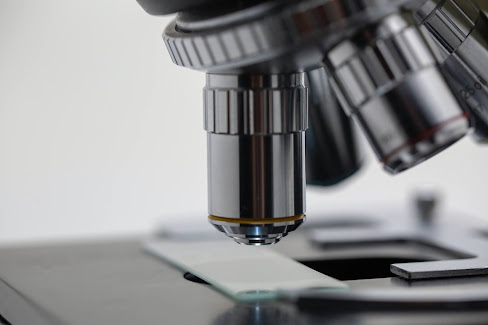Sample Prep
It is crucial that you are highly disciplined when you are preparing your sample to test. You need to ensure that the same steps are being repeated each time. If you start to deviate, even by one step during the prep, you are likely to see that it will interact differently during imaging which will then have an effect on what you’re able to see with the AFM.
Know What You’re Expecting
You should have a decent understanding of the probable dimensions and shape of sample features and structures before you even start. You should have a vague idea of the width and height of the features and whether they are evenly distributed across the sample or if they are sporadically clustered instead. You can then set the appropriate parameters on the AFM accordingly - having the settings wrong is the best way to spend long hours of futile effort with very little reward at the end.
Choose the Right Probe
Choosing the appropriate probe will largely depend on your sample; and even then, the choice of probes available will be daunting. The first thing you should consider is the sample material you are working with, then you should aim to choose a probe that will maximise the imaging resolution and stability whilst not damaging or compromising the sample. A standard AC mode silicon probe (perfect for tapping/non-contact) will be ideal for imaging a wide variety of materials in air, but things start to get a bit tricky when the sample is softer or when the imaging has to be performed in liquid. Then you also need to give some thought to surface topography, are you dealing with something like a salt flat or an alpine peak? A probe with a high aspect ratio might be required to image the bottom of a trench.
You also need to consider whether your chosen probe is brand new or if it’s been used previously and don’t ever underestimate the sheer amount of contamination that can occur in a laboratory environment (even the really clean ones). If you are wanting to use your AFM images for a publication or for a piece of submitted research, it is advised that you use a new probe for crystal clear images.
Check the Alignment
You need to ensure that you have aligned the laser spot on the end of the cantilever as close to the tip as you possibly can. This might sound simple, but for new AFM users, who might not be completely familiar with the construction of an AFM probe, it can be all too easy to get a good laser reflection on the detector, but not actually be reflecting off the cantilever. Having the knowledge of the size and shape of the different components of the probe (upside down) is invaluable - being able to align the laser at the end of the cantilever will always give you the very best sensitivity.
Practice
Your first time operating an AFM might not be smooth-sailing, so you might not be able to get perfect images. A lot of scientific insights come from problem-solving, the ability to figure out why you’re not seeing what you expected and then altering your processes accordingly. If you keep working at it, you will eventually find that you understand your AFM, and you will be attuned to how the AFM and your sample are actually interacting - and in the occasions where it doesn’t work out, you are able to quickly identify what the issue might be.

Comments
Post a Comment